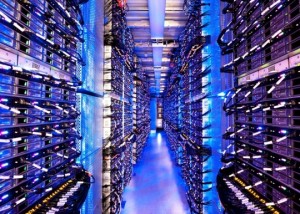 A combination of solar power and carefully automated management should let data centres have a net grid impact of zero, HP said yesterday in announcing its new data centre infrastructure.
A combination of solar power and carefully automated management should let data centres have a net grid impact of zero, HP said yesterday in announcing its new data centre infrastructure.
The core of the company’s new offering seems to be in its predictive analytics software, which is used to create usage profiles for the data centre – providing users with detailed forecasts around which they can build the most efficient possible schedules for computing workloads.
According to one example provided by HP, companies could ensure that non-time-sensitive workloads are handled during daylight hour, enabling them to be powered exclusively by solar cells. The system also helps schedule and optimise computing resources, which provides the ability to keep critical tasks moving during peak hours.
The net effect of this integration of both supply and demand for power, cooling and compute resources into the calculations of an automated management framework, the company asserted, could be a reduction in total energy cost of 30%. Maximising the amount of renewable energy used also requires far less dependence on the local grid, to the tune of 80%
HP distinguished technologist Cullen Bash says there are many opportunities for efficiency gains in the data centre.
“Data centres today are significantly under-utilised. Most of the IT equipment within a data centre is running at about 20 or 30% of its full capacity. A lot of that IT infrastructure is wasted,” he says.
By centralising workloads on a few machines, Bash says, it’s possible to vastly improve efficiency by simply turning off those that aren’t needed.
HP didn’t announce any concrete plans for making this technology commercially available, but noted that its research into making the idea more scalable is continuing – so far, the system is only in place at HP’s test data centre in Palo Alto, a 3,000-square foot facility.
The company did say, however, that the technology could be combined with its existing “pod” or modular data centre form factor for efficient delivery.





